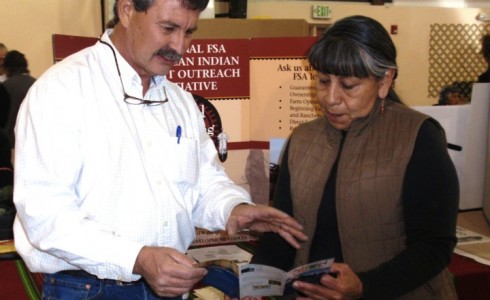
HEALTH EXTENSION: A Person
Health Extension agents:
- LIVE in community
- LINK local health needs with academic health center resources
- IMPROVE local health services and systems
- ENCOURAGE youth to finish school and enter health careers
- RECRUIT & RETAIN a local health workforce
- IMPROVE local health services and systems
- BRING latest research and health care practices to community
- LISTEN for needs and opportunities
- STRENGTHEN community capacity to address local health problems
- DEVELOP relationships between community partners and academic health center programs
- MAINTAIN CURRENT about the range of academic health center resources that are available
Health extension skills include training, technical assistance, community organizing, resource development, health content area expertise, meeting facilitation and collaboration development.
A sample job description is included in the “Related Literature & Tools” section, below. Health Extension agents are frequently Masters-level professionals, with backgrounds in health education, public health, healthcare, social work, or social sciences, with at least 5-10 years of community health experience. Salary depends on regional and organizational standards, but as a guideline, health extension agent salaries should match job titles such as senior program manager or program officer.
So, what does a day in the life of a Health Extension agent look like?
HEALTH EXTENSION: A Place
A sample of a partnership agreement is included in the “Related Literature & Tools” section, below. A visual representation of these “hubs”, as carried out in New Mexico, is shown here:

In other states, such as North Carolina, health extension occurs and is leveraged by regional centers from complimentary programs:


HEALTH EXTENSION: A Model for Engagement
Click on the image below to get more information on the NM health extension model:
HEALTH EXTENSION: A Strategy for Health Improvement
Additionally, the fundamental strategy to address the challenges to primary care infrastructure and practice is the concept of Health Extension as a community-based, state-wide, but university-linked network of agents that can assist primary care practices with the best evidence-based practices to support the provision of quality care and practice transformation. These resources are important for the transformation process since many practices do not have the capacity nor could they afford to develop and support these developmental milestones on their own.
The model of how HEROs functions as a “Primary Care Extension Program” is demonstrated below:














